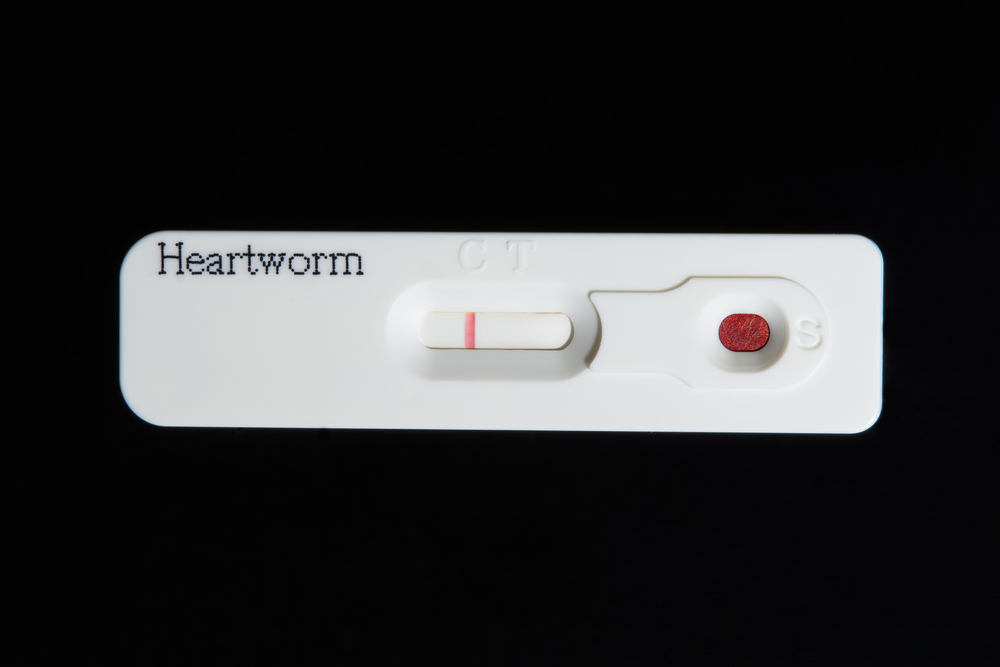Source: INLANDER
Rising temperatures in the Inland Northwest are increasing the risk of heartworm disease for pets, leading veterinarians to reconsider preventive treatments. Previously, heartworm prevention wasn’t widely recommended in the Pacific Northwest unless pets traveled to warmer regions. However, a growing number of cases in Eastern Washington and North Idaho suggest that local conditions now support the parasite’s lifecycle.
Heartworm, a foot-long parasite, spreads through mosquito bites, affecting the heart and lungs of pets. The disease thrives when temperatures stay above 57°F for 45 consecutive days, with at least two weeks exceeding 80°F. While heartworm cases are most common in the southern U.S., recent cases in Washington and Idaho involve pets that never left the area, raising concerns. Veterinarians urge pet owners to consult with them about local risks and prevention. With cases expected to rise, many are considering year-round heartworm prevention for pets in the region.

